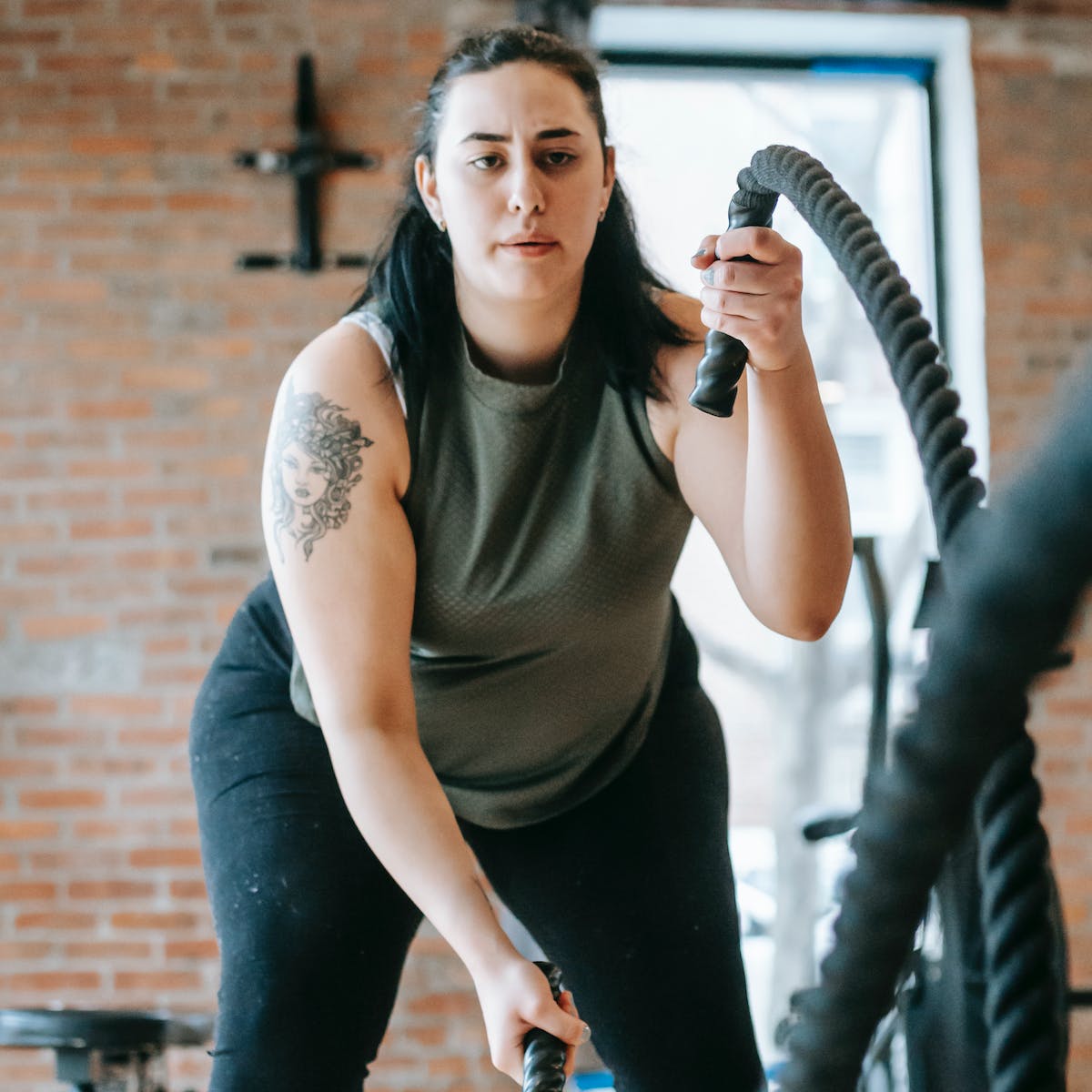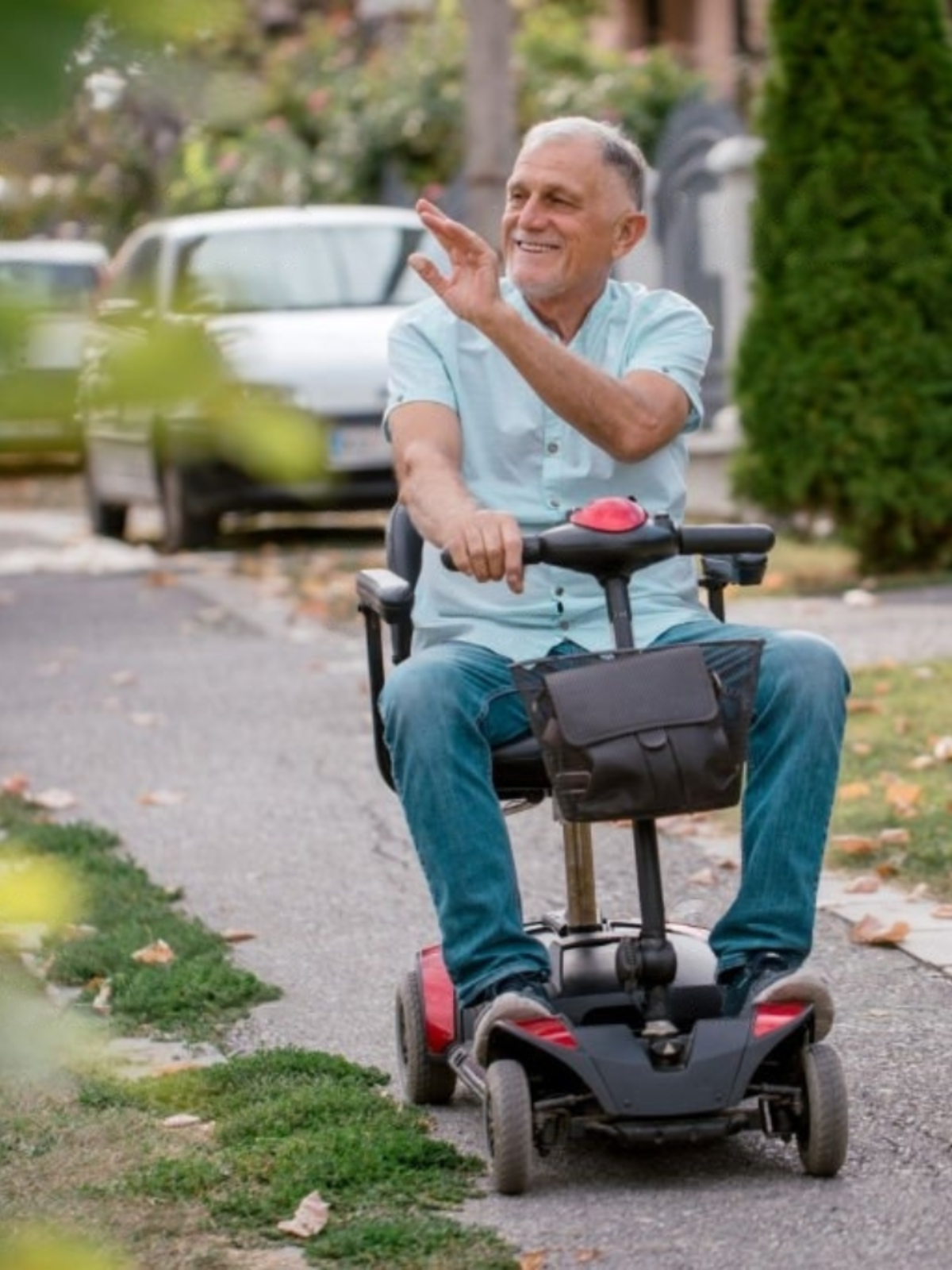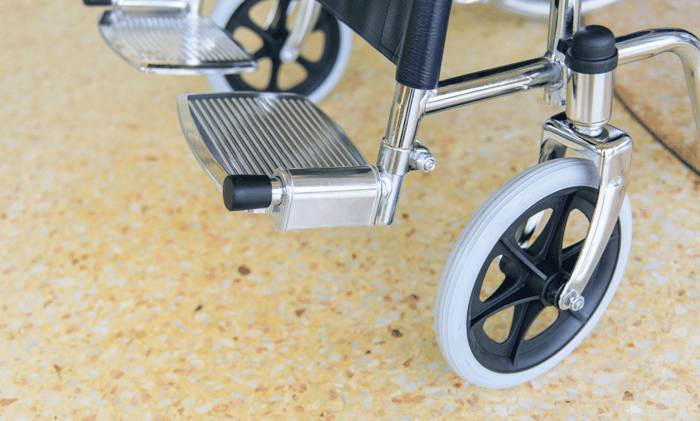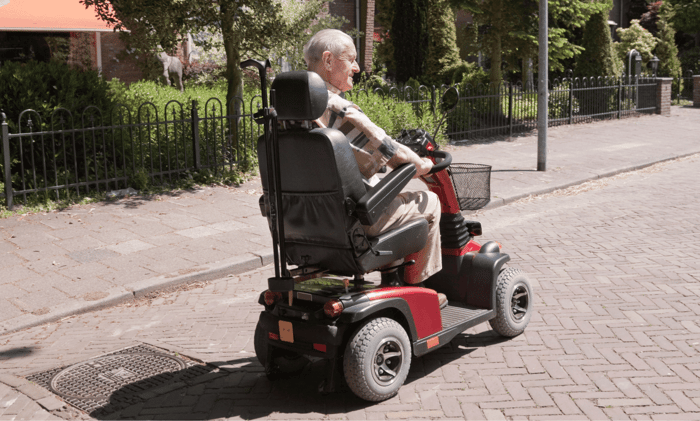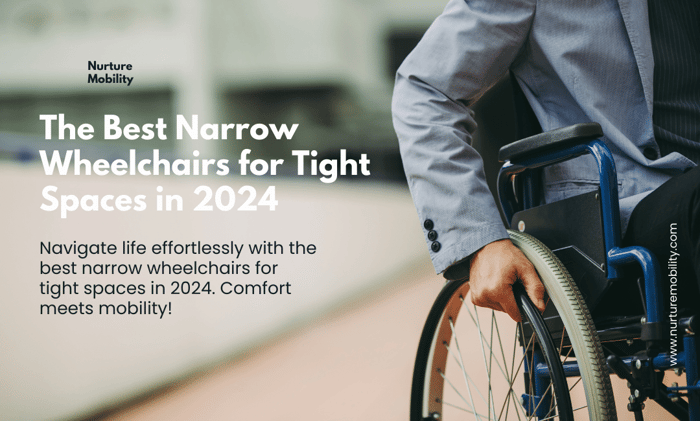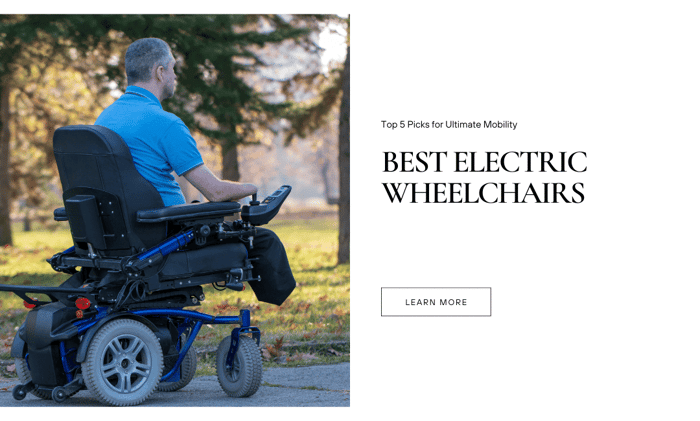Ever thought a simple turn could be so complex? When it comes to a wheelchair, the turning radius isn't just a spec—it's a game-changer. Imagine navigating tight corners or crowded spaces with ease. That's what we're diving into today.
● What's the ADA-required minimum turning radius?
● Uncover the science behind wheelchair turning radius
● Learn how it impacts your daily life
● Tips for choosing a wheelchair with the ideal turning radius
Did you know that a smaller turning radius can actually make a room feel bigger? Stick around, and we'll show you how to turn this overlooked feature into your secret weapon.
What's the ADA-Required Minimum Turning Radius?
So, you're probably wondering, "What's the magic number for a wheelchair's turning radius?" Drumroll, please. According to the Americans with Disabilities Act (ADA), the minimum diameter for a turning space should be 60 inches. That's your baseline.
● What It Means: This 60-inch diameter allows for a full 180-degree or 360-degree turn. It's the ADA's way of ensuring that wheelchairs can maneuver comfortably in public spaces.
● Why It Matters: This isn't just a random number. It's a standard designed to make public spaces more accessible. From restrooms to restaurants, this minimum ensures you can navigate freely.
Pro Tip: While ADA standards are a good starting point, your personal comfort and specific needs should always be the deciding factors.
● Going Beyond: Some wheelchairs offer turning radii smaller than 60 inches for even greater agility. But remember, smaller isn't always better. It depends on your unique needs and where you'll be using the chair.
The Science Behind Wheelchair Turning Radius
Let's cut to the chase. The turning radius is the space you need to make a complete 180-degree turn in your wheelchair. Think of it as your personal dance floor. Too small, and you're bumping into things. Too large, and you're missing out on those cozy spots only a nimble wheelchair can access.
● Turning Radius Formula: It's not rocket science, but there's a formula involved. The turning radius is calculated by measuring the distance from the center of the wheelchair to the outermost point of the chair while turning.
● Types of Turns: You've got your zero-radius turns, your three-point turns, and your standard turns. Each has its own pros and cons, depending on your needs.
Pro Tip: A smaller turning radius isn't always better. In outdoor settings, a larger turning radius can offer more stability.
● Impact on Mobility: A wheelchair's turning radius directly affects how easily you can navigate through doorways, elevators, and tight spaces. It's like the agility stat in a video game—higher numbers mean more maneuverability.
How Turning Radius Impacts Your Daily Life
You might not realize it, but the turning radius of your wheelchair is like your silent partner. It's there in every move you make, from the moment you wake up to when you call it a night. Let's break it down.
● Indoor Navigation: Think about your home. Hallways, kitchens, bathrooms—they all come with their own set of challenges. A smaller turning radius lets you glide through these spaces like a pro.
● Public Spaces: Ever been stuck in a crowded mall or a busy sidewalk? A wheelchair with an optimal turning radius can be your ticket to smooth sailing. No more awkward "excuse me" moments.
Pro Tip: Test your wheelchair's turning radius in different settings. You'll get a feel for its versatility, which is priceless when you're out and about.
● Transportation: Getting on a bus or fitting into an elevator can feel like a puzzle. The right turning radius turns these challenges into child's play.
● Social Interactions: Believe it or not, a good turning radius can even improve your social life. You'll be more agile in group settings, making it easier to join conversations and be part of the action.
So, the turning radius isn't just a number—it's a lifestyle choice
Insider Tips for Choosing the Ideal Turning Radius

Alright, you're sold on the importance of the turning radius. But how do you go about picking the right one? It's not a one-size-fits-all deal, so let's get you sorted.
● Consult the Experts: First things first, talk to your healthcare provider or a mobility specialist. They can assess your specific needs and recommend a turning radius that's just right for you.
● Test Drive: You wouldn't buy a car without taking it for a spin, right? The same goes for wheelchairs. Test out different turning radii in various settings—indoors, outdoors, crowded places, you name it.
Pro Tip: Keep an eye out for wheelchairs with adjustable turning radii. It's like having multiple chairs in one.
● Check the Specs: Manufacturers usually list the turning radius in the product specs. Don't skip this part. It's crucial for making an informed decision.
● Consider Your Environment: Take stock of where you'll be using the wheelchair most often. Tight indoor spaces? Go for a smaller turning radius. More outdoor use? A larger radius might be your best bet.
● Budget: While it's tempting to go for the top-of-the-line model, remember that a higher price doesn't always mean a better fit for you. Balance your needs with your budget.
Choosing the right turning radius can feel overwhelming, but it doesn't have to be. Armed with these tips, you're well on your way to making a choice that enhances your mobility and quality of life.
Turn Your Life Around with Nurture Mobility
You've just unlocked the secret world of wheelchair turning radius. It's not just a number; it's a game-changer for your mobility and lifestyle. You're now armed with the knowledge to make an informed choice.
● Understand the Science: Turning radius isn't just jargon; it's crucial for your mobility.
● Impact on Daily Life: From home to public spaces, the right turning radius makes all the difference.
● Choosing Wisely: Consult experts, test drive, and consider your unique needs.
Now, let's talk about Nurture Mobility. We're not just about selling wheelchairs; we're about enhancing your mobility experience. From expert advice to a range of wheelchairs designed with you in mind, we make sure you're not just moving—you're moving smartly.




